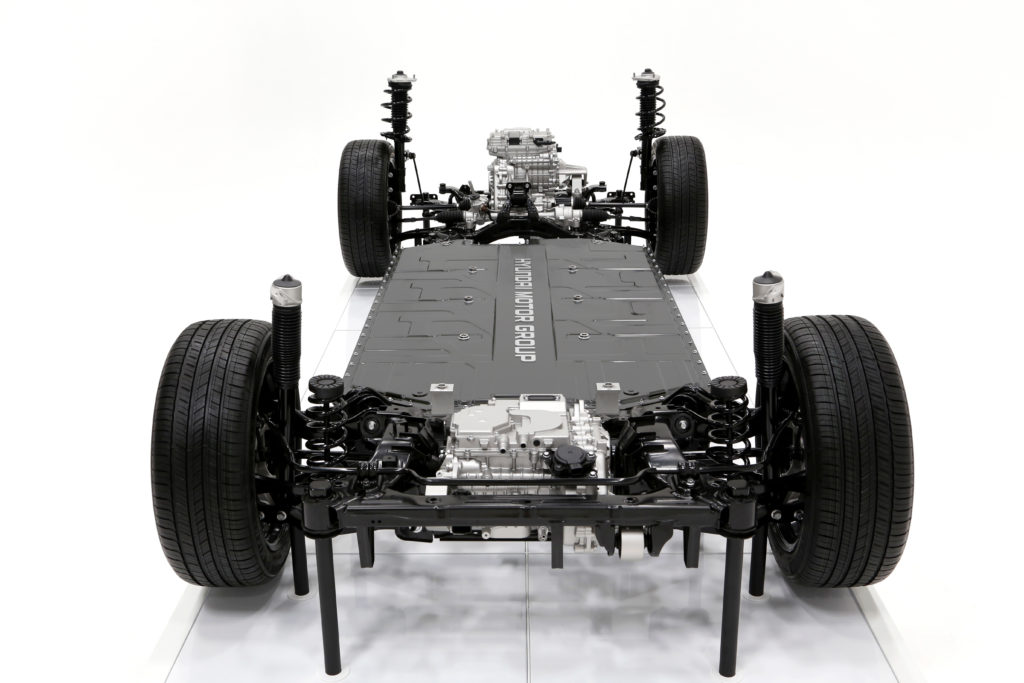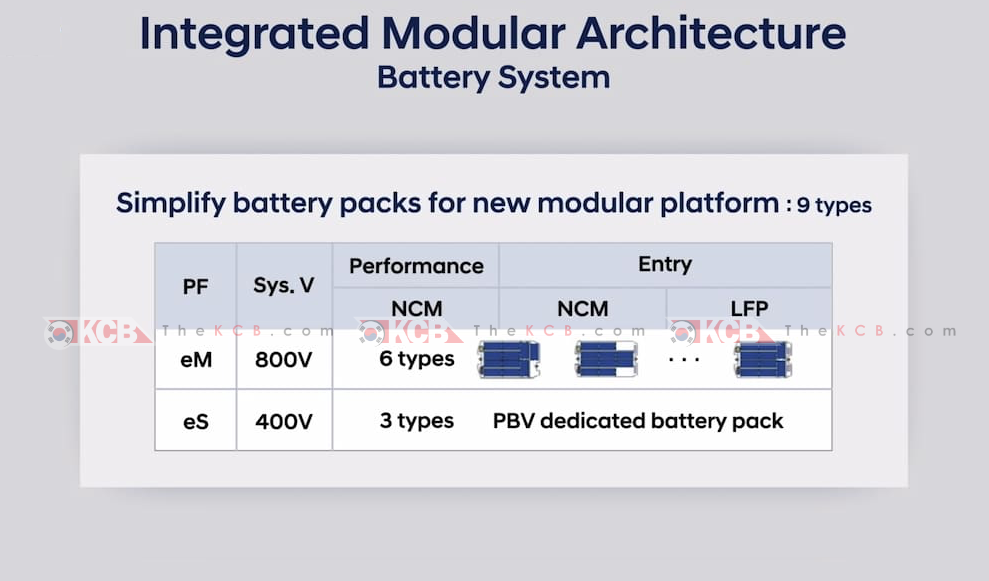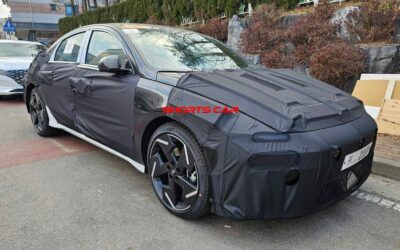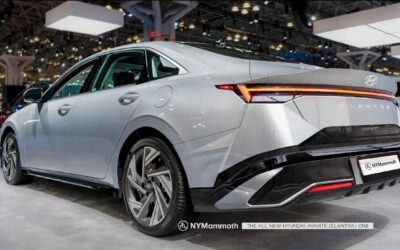In the ever-evolving landscape of electric vehicles (EVs), Hyundai’s set to revolutionize the market with its upcoming “eM” platform, anticipated to debut in 2025. This cutting-edge platform will have an Integrated Modular Architecture (IMA). Here’s a closer look at what the IMA platform has in store for the future of electric mobility.
Hyundai’s IMA platform will come in two versions: eM and eS. The eM platform is designed for passenger vehicles like the IONIQ 3, Kia’s EV8 or Genesis GV90, while the eS platform will underpin purpose-built vehicles (PBVs). This dual-platform approach demonstrates Hyundai’s commitment to catering to diverse market needs and preferences.
- Advanced Safety Features with AI Integration
One standout feature of the eM platform is the emphasis on safety. Hyundai’s President and CEO, Jaehoon Chang, highlighted the integration of AI-based real-time diagnosis for battery safety during the 2023 CEO Investor Day presentation. This innovation is poised to elevate safety standards beyond the existing E-GMP platform.
- eM Platform: Pioneering Features for Passenger Vehicles
The eM platform promises a host of groundbreaking features not seen in its predecessors. These include B-pillarless and swing doors, a pop-up display, a swivel seat in the first row, a long-sliding seat in the second row, a built-in air purifier, L3+ autonomous driving, Remote Smart Parking Assist 3 (RSPA3), and controller firmware OTA updates. Although there might be limitations due to cost considerations, the Ioniq 3 is expected to redefine the driving experience.

Hyundai’s E-GMP first dedicated all-electric platform
- Class-Leading Wheelbase for Enhanced Space
SangYup Lee, Hyundai’s design boss, has confirmed that the eM vehicles will boast a class-leading wheelbase. Dedicated EV platforms, such as the eM, allow for a longer wheelbase compared to similar-sized internal combustion engine (ICE) models. This design approach not only enhances interior space but also opens up new possibilities for designers, a key aspect in the electric vehicle revolution.
- Cell-to-Pack Battery System: A Technological Leap
The eM platform introduces a new battery system called Cell-to-Pack, eliminating traditional battery modules. This technological leap enhances energy density, reduces costs, and improves charging times. Hyundai’s plan to standardize battery packs across models, with nine variations, signals a strategic move towards efficiency and cost reduction.
- LFP Battery Technology: Reducing Reliance on Chinese Batteries
The eM platform will feature battery packs comprising lithium iron phosphate (LFP) cells. Hyundai’s strategic initiative to develop its own LFP batteries by 2024 aims to reduce reliance on Chinese-manufactured batteries, ensuring greater control over the supply chain.
- Modular Motor System: Efficiency and Sustainability
Hyundai’s forward-thinking approach extends to the powertrain, with a modular motor system featuring five types of motors. The company claims that this system will not only reduce energy loss but also cut costs and weight, contributing to overall efficiency and sustainability.






